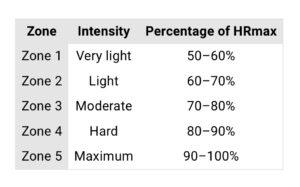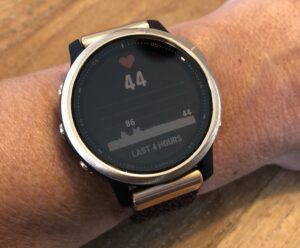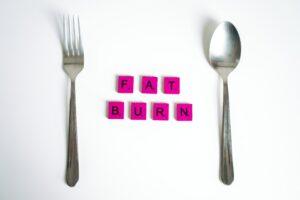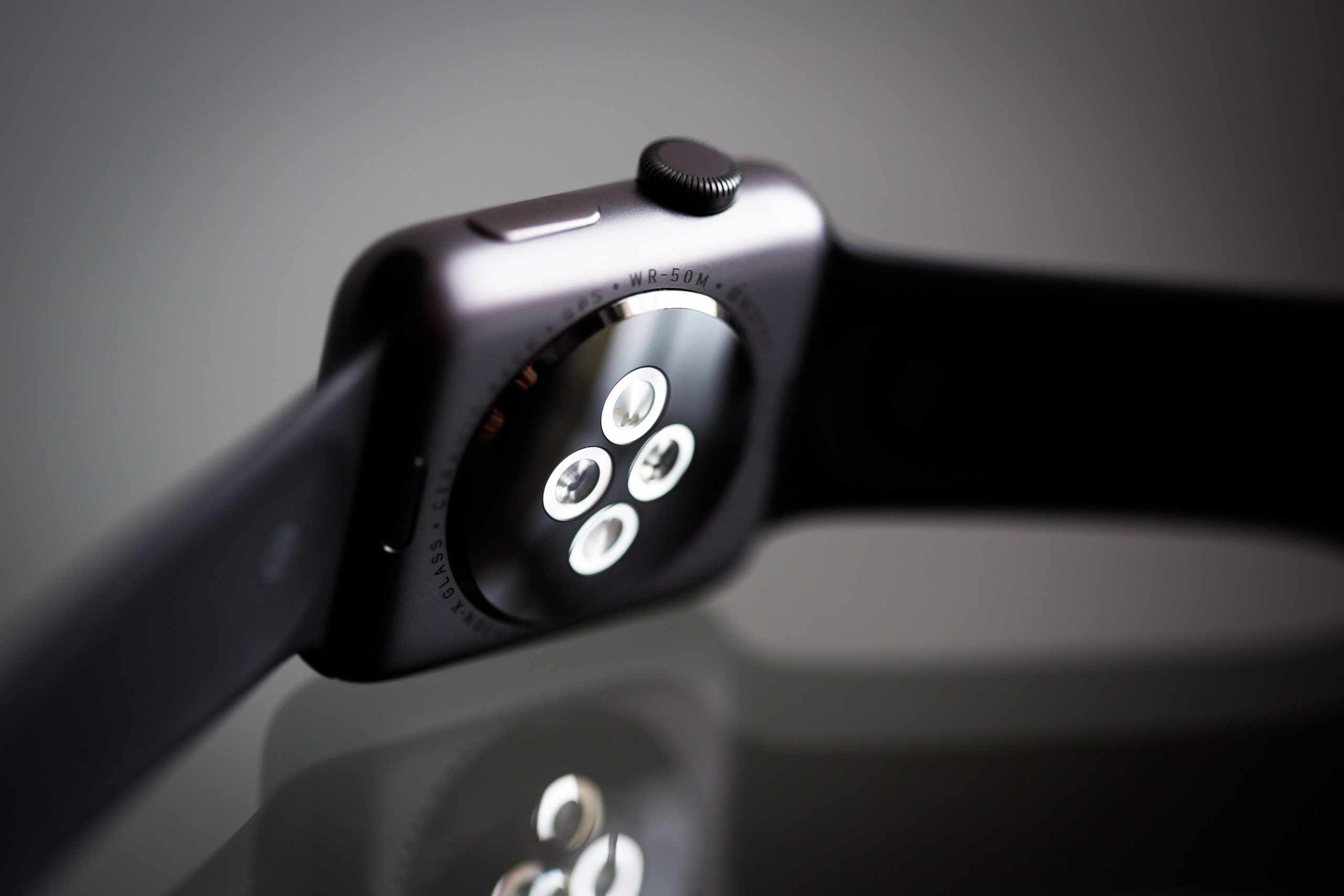Many training plans are based on heart rate zones. Find out how to determine yours, and how to use them effectively during your runs.
 What are Heart Rate zones?
What are Heart Rate zones?
Using heart rate zones, or HR zones is a way to monitor how hard you’re training. Five HR zones correspond to different training intensities. The zones are defined by percentage ranges of someone’s maximum heart rate (MHR). An effective training plan should include workouts in all five HR zones.
 HR ZONE 1 (50–60% MHR)
HR ZONE 1 (50–60% MHR)
Preparation and Recovery
Training Intensity: very light
Training at this very light intensity will boost your recovery and prepares you to get ready again for the next training in the higher heart rate zones. You can move (walk) in this low heart rate zone, without much effort.
 HR ZONE 2 (60–70% MHR)
HR ZONE 2 (60–70% MHR)
Stronger training foundation
Training Intensity: light
Training in zone 2 needs more effort than zone 1, but may still feel very light. You can maintain this pace for a long time. The breathing frequency will be just a bit higher. You’ll still be able to have a conversation in full sentences.
Body fat will be burned and your muscular fitness will increase, along with your capillary density. In zone 2, you will build a stronger foundation for training in the higher HR zones. Many athletes consider HR zone 2 as difficult, as it feels too slow to them. Regular training at this heart rate, though, will make you a better runner over time. You’ll prepare your muscles to run faster, whilst using less energy. This heart rate is ideal for practicing breathing techniques and clearing your head after a busy day.
 HR ZONE 3 (70–80% MHR)
HR ZONE 3 (70–80% MHR)
Improve fitness and energy efficiency
Training intensity: moderate
Training in zone 3 is very effective for improving the blood circulation efficiency in the heart and skeletal muscles, which will make moderate efforts easier. As the pace increases, your breathing will become faster but still controlled by extended exhalations. Holding a conversation in full sentences will become a bit more difficult, though.
Although lactic acid is starting to build in your bloodstream, a low HR zone 3 training is by far the most energy-efficient. It is the best zone for fat burn, weight loss, emotional stress relief, better concentration, better sleep, and maintaining general fitness.
 HR ZONE 4 (80–90% MHR)
HR ZONE 4 (80–90% MHR)
Sustain duration runs and higher pace
Training intensity: high
Heart rate zone 4 is where the going gets tough. In this heart rate zone, you’ll reach a point when you will produce a high level of lactic acid, which makes your legs feel heavy and acidic. Your body will be using carbohydrates for rapid peaks of energy, and breathing is very high. You cannot maintain this intensity for long: think of interval training at a high pace.
By regular training in zone 4, you can improve your speed endurance and increase the threshold to acidification. This is a good zone for improving athletic performance, like a 10km PR or a sharp half marathon time.
 HR ZONE 5 (90–100% MHR)
HR ZONE 5 (90–100% MHR)
Improve endurance and muscle strength
Training intensity: maximum
Heart rate zone 5 is the toughest as you will run at (almost) maximum efforts for heart, breathing, and muscles: very short, sprint intervals. Lactic acid will build up rapidly in your blood and after a few minutes, you won’t be able to continue at this intensity. Training in heart rate zone 5 is intended to improve your endurance and muscle strength.
HR zones linked to (an)aerobic thresholds
Heart rate zones are closely linked to your aerobic and anaerobic thresholds. Generally speaking, your aerobic threshold (AT) is a steady-state effort that you could perform for an hour or more. Your body has enough oxygen to use to burn fats and sugars. Your breathing is still in control. In HR zone 4 there will be a turning point: the aerobic system can no longer keep up with the body’s energy demand and your body must switch from aerobic to anaerobic metabolism.
 Discover your MHR and define your personal HR zones
Discover your MHR and define your personal HR zones
Several variables are affecting our heart rates. So every athlete will have his/her own personal heart rate zones. To discover your own heart rate zones, you will first need to know our maximum heart rate (MHR). The most accurate method for measuring your maximum heart rate is a laboratory test at a sports clinic or medical facility, but this may not be an available option for most athletes.
 MHR Self-tests
MHR Self-tests
With the usage of an accurate heart rate monitor, you could undertake a self-test to measure your highest heart rate. You can perform either a Field Test (on a running track or road) or a Hill test. Both methods are quite simplistic, as you will push yourself until your heart will beat at its highest rate. Make sure you are physically prepared to exercise at maximum effort and stress of your body. It is recommendable to have someone with you, just in case of an emergency.
 Sports watch and chest straps to monitor heart rates
Sports watch and chest straps to monitor heart rates
To monitor your heart rates, you will need to use a sports watch with a built-in optical HR sensor, or one with a chest strap (Wahoo, Garmin, POLAR). Chest strap heart monitors are known for the most accurate readings but tend to feel uncomfortable. Optical sensors are nowadays integrated into most running watches, smartwatches, and fitness trackers. (Garmin, Polar, Apple, Fitbit, Suunto). Optical wrist wearables are more comfortable and convenient to wear. They will do the job just fine.
 How to perform an MHR Field test
How to perform an MHR Field test
- Choose a road or field where you can run for a few minutes without traffic or other interruptions, or go to an athletic track.
- Always perform a warm-up before starting the test, 10-15 minutes jogging.
- Then run three times 3 minutes with a 2 minutes dribble break. Every time you should increase the pace. The first round should be a run at a moderate pace.
- Second round you should speed up (you should be gasping for air already).
- Third round you go for maximum speed. Check your HR monitor for your highest heart rate during this last round. It is a good estimate for your Max Heart Rate.
- Cooldown
 How to perform a MHR Hill test
How to perform a MHR Hill test
- Warm-up for 10-15 minutes on a flat surface.
- Choose a hill that will take more than 2 minutes to climb. Run up the hill once for at least 2 minutes at a pace that you could hold for at least 20 minutes. Return to the base of the hill.
- Run up the hill again. Increase pace. Estimate you would be able to hold this pace for 3 kilometers. Observe your highest heart rate on the display. Your max HR is approximately 10 beats higher than the now-noted value.
- Run back down the hill, allowing your heart rate to drop 30–40 beats per minute from where it was.
- Run up the hill once again at the highest pace that you can only hold for max. 1 minute. Try to run halfway up the hill. Observe your highest heart rate, which will be a good estimate of your maximum heart rate.
- Cooldown
 MHR estimates by calculation
MHR estimates by calculation
Based on different studies, there are several calculation formulas available to give you an idea of your max heart rate. Please note that these are not accurate measurements of the maximum heart rate of most people. They can be out by plus or minus 10-20 bpm, which is a huge variation.
- Fox formula (most common formula for men and women): 220 – age =170
- Gulati formula (women only): 206 – (0.88 × age)= 162
- The HUNT formula (men and women who are active): 211 – (0.64 x age)=179
- Tanaka formula (men and women older than 40yrs): 208 – (0.7 × age)= 173
Your Heart Rate zones based on your MHR
The more accurate you measure your MHR, the better. You can now determine your HR training zones using this calculator.
 Variety of HR zones is key in Training Plan
Variety of HR zones is key in Training Plan
If you like to improve your fitness or become a better runner it will be most effective to vary the frequency (how often), duration (how long), and intensity of your training sessions. Some workouts can be short and intense, others long and light. The Training Intensity is where the heart rate zones are important. Try to schedule training sessions at all different HRzones, as this will teach your body how to use your energy sources (fats and carbs) smarter. Each zone has a different effect on your body when you exercise in it.
 Regularly run slow to become faster!
Regularly run slow to become faster!
Many of us think that they need to train more and at a faster pace to improve their PR’s, but slow training sessions are extremely important to provide and increase energy levels. And also to prevent injuries.
 The benefits of running in HR zones 2 and 3
The benefits of running in HR zones 2 and 3
On a long-duration run, we need to use our energy wisely to prevent energy drainage before finish and afterward have enough energy remaining to use for the rest of our day. You can easily recognize HRzone 2 and 3 by feel, as you will still be able to extend your exhalation! In HR zone 2 and 3, we teach our bodies to use the most efficient energy source: fats. If we burn fats instead of fast carbs our energy levels will retain much longer. Sugar is good for rapid energy, but it won’t last long. Compared to sugar, fats will give you much longer the energy you need (like a candle will burn much longer than a piece of paper).
I hope this article will inspire you to try out training plans based on your personal Heart Rate zones. If you like this post, please give it a thumbs-up, and share it on social media. Thank you! If you have any questions, please send me an e-mail at an*******@mo*********.com or leave your comment below and I will get back to you.




